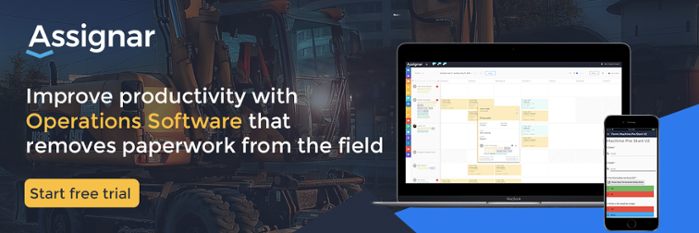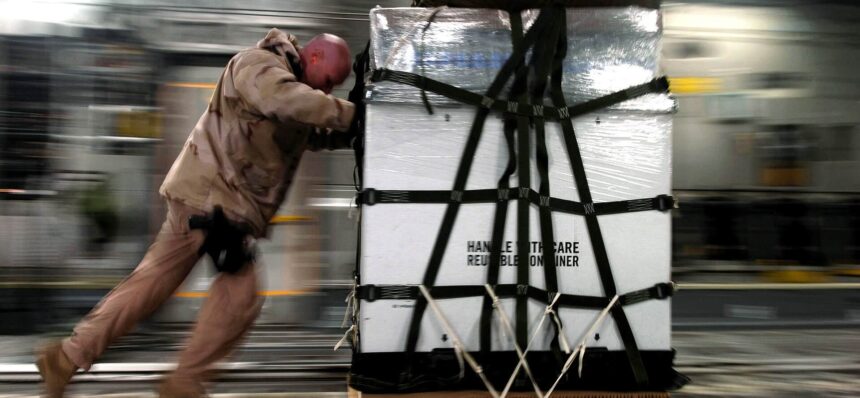Construction Safety – Crucial To Maintaining Smooth Jobsite Operations
Nothing puts the brakes on a smooth running jobsite quiet so quick as a critical safety incident. Complications streaming due to serious health and safety violations can halt all site activity for extended periods of time. Even minor safety incidents can result in extended delays due to a weeklong shortage in daily workforce or a two-day absence of a mission-critical machine operator. Ensuring jobsite safety falls on workers, operators and management alike. However communication of proper safety-focused operations lands dead in the seat of construction operations management.
Reduce your overall risk of jobsite accidents, injuries and safety violations. The following five tips aim to help you handle potential safety issues without delaying jobsite operations and functions.
1) Establish and Explain Organizational Safety Guidelines
Best way to keep a jobsite running smooth is by ensuring that all workers, equipment operators, visitors and managers adhere to the same set of organizational safety guidelines. Establish a set of standards that apply to all jobsites, as well as any special concerns pertaining to individual project locations. Devise a process through which you can clearly explain the guidelines to all members of your construction organization.
2) Assess For And Alert To Existing Jobsite Conditions
Many components of safety can be counted universal. However individual jobsites may include site-specific safety risks. Make certain you team is fully aware of potential dangers associated with overhead, in-wall and underground utility lines and piping. Few accidents are so dangerous as damage to a buried gas line. But even a broken water main can bring a temporary halt to a smooth running jobsite.
3) Invest In Safety – Train, Educate and Test
Trained and experienced workers help keep your jobsite running smooth. But it’s not just about job-skill. Training, education and testing is the best way to establish a functional project safety culture. Consider safety training that enables workers, operators and managers with quick access to:
- Existing safety-related literature
- Classroom and hands-on safety training resources
- Detailed equipment specs and operational procedures
- Rapid real-time construction communications
- Specs for routine and expected site and equipment inspection processes
- Digital feedback
- AND Construction management software that incorporates a reliable safety management and operational database.
4) Site and Equipment Maintenance
Routine and precise construction equipment maintenance and site upkeep help ensure smooth running operations. It’s about taking care of equipment, tools and people, but it comes about due to a habitual mindset toward safety.
5) Communication – Using Construction Technology To Advance Compliance To Existing Safety Standards
Whether dealing with heavy equipment or electrical wiring, audio/visual aids help promote better safety compliance. Real-time communication enhances the processes. An electrician sets a lockout tag in the electric room, and then plugs a warning into your site compliance database. Instant communications go all. All personnel get a notice of the lockout. On a piece of heavy equipment, the backup alarms go out. The operator shuts down and tags the failure on the machine and in the equipment database. Every operator becomes instantly aware that said machine is currently off limits.
Keep your jobsite running smooth. Use the Assignar workforce and asset allocation and planning construction software to better enforce safety regulations on the jobsite.





